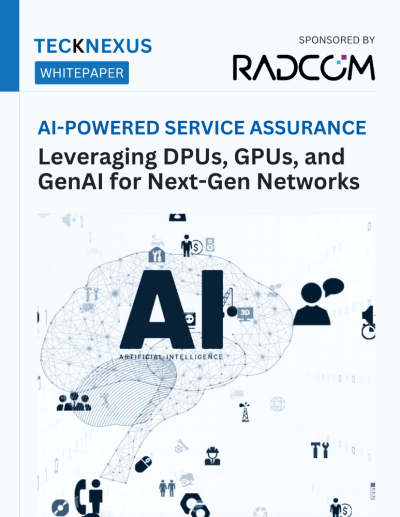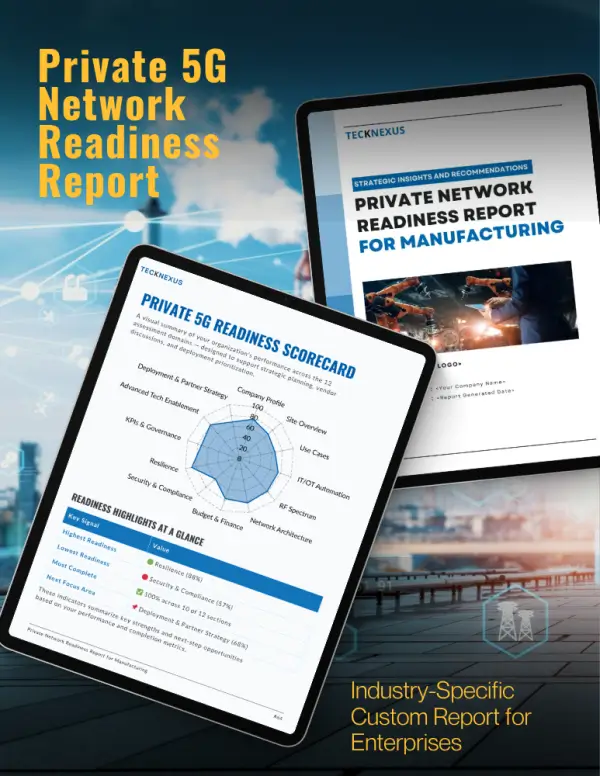Hema: Welcome, Arun. Thank you for joining us today. Before we delve into our discussion on Open RAN and 5G, could you please take a moment to introduce yourself and Radisys?
Arun: Thank you, Hema. I’m thrilled to be here. Radisys, founded over 37 years ago in the US by a pair of engineers from Intel, has maintained a steadfast focus on disaggregation and operating Telecom on open platforms since its inception. Throughout the years, we’ve consistently advanced our mission, introducing open platforms to the market, implementing software, and successfully enabling various Telecom workloads to run on these systems. In our pursuit of disaggregation and open platform initiatives, we’ve collaborated with numerous standards organizations and industry partners. Now, our products are deployed in over 200 operator networks globally, and we are eagerly anticipating the future prospects for open networks.
Hema: Thank you for the introduction, Arun. Now, moving on to our first question – How is Radisys facilitating the adoption of Open RAN?
Arun: Radisys plays a distinctive role in creating, evangelizing, and adopting Open RAN due to our commitment to the principles of disaggregation. This means we develop software capable of running on multiple platforms, enabling us to engage various ecosystem players in the market and equip them with fully commercialized software components integrated either with hardware or with open hardware components. The industry seeks supply chain diversity and the flexibility to consider software either independently or in conjunction with hardware or on an open compute platform. We cater to all these diverse Open RAN needs. Another crucial aspect of Open RAN is interoperability between various components. In the context of 5G, for instance, we focus on the Distributed Unit (DU) and the Centralized Unit (CU), ensuring complete interoperability on the 7.2 open frontal interface with numerous Open RAN Unit (RU) players. This approach allows us to foster supply chain diversity by leveraging our expertise in software and the underlying hardware platform and enabling various RU vendors to enter the market.
Hema: Arun, can you share any specific 5G use cases where Radisys has successfully implemented Open RAN?
Arun: Certainly, Hema. When we explore use cases, it’s worthwhile to view them from two perspectives: the types currently being deployed and those under development. Presently, a primary focus is on fixed wireless access and enhancing hotspot coverage. Fixed wireless access offers an intriguing entry point for Open RAN in the market by providing straightforward broadband access to homes and communities, presenting a competitive alternative to moderate-speed fiber and copper networks. Another approach involves augmenting existing macro network deployments by addressing coverage gaps. Given that a significant portion of 5G deployments occurs in the mid-band spectrum—where coverage characteristics differ notably from low-band spectrums—strategically placed products can fill emerging coverage holes in networks with established 4G technology. Furthermore, in our work with various industry partners, we’re developing algorithms to enable aspects like energy savings and showcasing our software components in multiple forums to illustrate end-to-end interoperability in action.
Hema: Our research also highlights fixed wireless access and private networks as areas witnessing notable 5G success. Moving on, can you discuss specific areas where Radisys is partnering with industry players?
Arun: Absolutely, and you’ve provided a smooth transition by mentioning indoor and private networks—these are indeed significant focal points for us. We’re not solely concentrating on providing indoor networks in conventional spaces like airports or shopping malls but are keen on deploying networks that substantially impact industrial operations. In environments where a plethora of machine-to-machine communications occurs, the need for ultra-reliable, low-latency, and secure networks is paramount. We term this specialization “industrial 5G” and are collaborating with numerous ecosystem partners to facilitate such solutions. Our core principle of providing elastic, multi-platform capable software aligns perfectly with the demands of these environments, especially considering they may not wish to be bound to a single silicon vendor. This multi-platform focus, along with our efforts to enable new players, such as neutral host players, to enter the market, forms the crux of our current focus, alongside our continued engagement with Open RAN to provide mix-and-match capabilities without vendor lock-in.
Hema: In these focus areas, who are the 5G ecosystem partners you are collaborating with?
Arun: Over the years, we’ve forged robust partnerships with numerous players in the industry. Our collaboration with Intel, particularly the FlexRAN group, spans from the 3G era through to the present 5G developments, involving integrating our L2/L3 software with Intel’s FlexRAN software to create x86-based implementations for the DU and the CU. Similarly, we have a strong partnership with Qualcomm, wherein our L2/L3 software, in conjunction with Qualcomm’s FSM series of chipsets, enables comprehensive solutions for small cells, whether in FR1 or FR2 and for both indoor and outdoor deployments. Additionally, we’ve integrated with various silicon players such as Fluido and Aracom and have collaborated with Nvidia on their Aerial infrastructure, among others. This ensures that our L2/L3 software is available in a flexible format that can operate across various platforms. For instance, in our option six integration, which is crucial for producing integrated outdoor small cells, we work with Xilinx and utilize a compute platform based on Intel, whereas, with Qualcomm-based solutions, our software operates on the ARM and NXP ecosystem. Essentially, our software is genuinely multi-platform capable, and by working across the ecosystem, we can cater to specific deployment needs in terms of coverage, power consumption, L1 preference, and performance characteristics while maintaining the promise of Open RAN: offering choice without vendor lock-in.
Hema: Arun, industry, and standard organizations are pivotal players in this ecosystem. Can you shed light on how Radisys collaborates and contributes to industry-standard organizations?
Arun: Indeed, Hema. Involvement in wireless technology, especially with 3GPP, is fundamental, and Radisys not only participates but actively contributes to it. However, engagement in Open RAN demands more, prompting our active participation in the Small Cell Forum to demonstrate possible combinations and industrialize concepts. We’ve provided implementations based on nFAPI for 5G and early FAPI, earning several recognitions in Small Cell Forum activities. Our involvement also extends to the Telecom Infra Project (TIP), where we’ve been a leading contributor for many years, and the Open Networking Foundation (ONF), where our collaboration spans the VOLTHA SEBA side and the SD-RAN initiative. Undoubtedly, our role in the O-RAN Alliance is crucial, where we hold a co-chair position in working group eight and engage in other groups focusing on RIC use cases and testing. Additionally, our partnership with the Linux Foundation has birthed an open-source DU, adhering to our company principle of enabling open standards, interoperability, and, to the largest extent, open source.
Hema: Your contributions are indeed substantial, Arun. My final question is: how do you envision the evolution of Radisys in the coming years?
Arun: Radisys aims to emerge as a pivotal player in the developing vendor ecosystem, distinguished by our capability to operate across all broadband access networks, both fixed and wireless. Our embedded base in the media plane, spanning 200 networks globally, uniquely positions us to influence traffic operations through these networks and to develop edge use cases. Our initiative, enabling end-to-end slicing exposed through a development platform with a visual design tool, will introduce a compelling software story to the market. Our commitment to open standards and open source, coupled with customizable, scalable, multi-platform software and flexibility in hardware integration, augurs a robust future for us as networks evolve and proliferate into various specialized use cases and environments.
Hema: Thank you, Arun, for sharing your thoughts on Radisys’s work in shaping the future of Open RAN and 5G. It’s been a pleasure talking to you.
Arun: The pleasure is mine, Hema. Thank you for having me, and I look forward to our next discussion, perhaps in a year or so.
Hema: Absolutely, I’m looking forward to it. Thank you very much.
Related Content:
Driving Connectivity Forward – Radisys’ Role in the Open RAN and Small Cells Landscape























